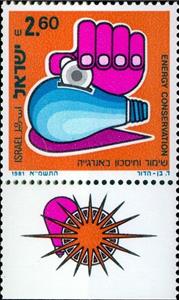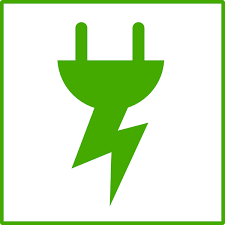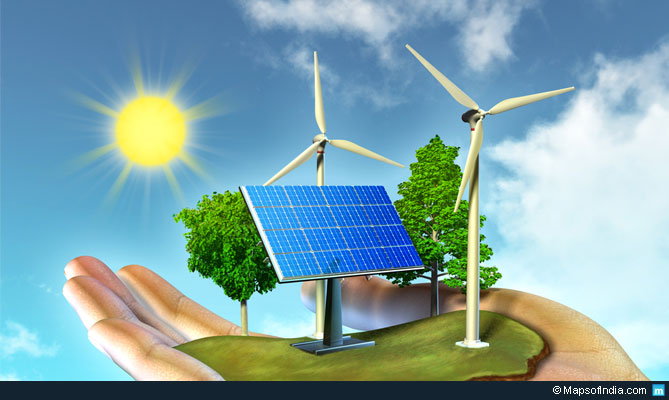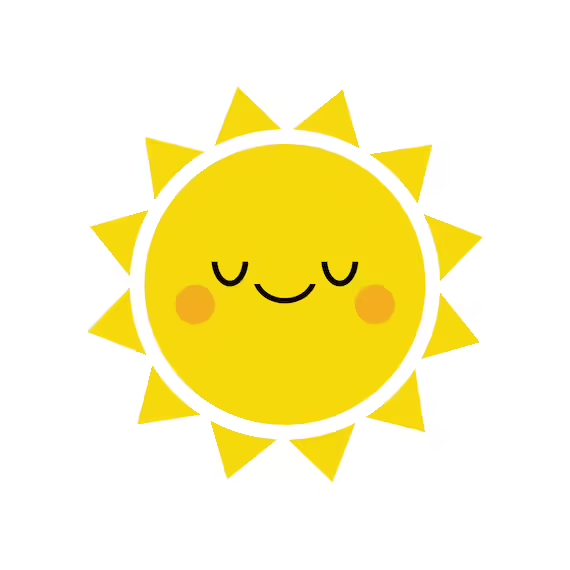Stamp with Collectible Margin: Hand Putting Coin in Light bulb (Israel 1981)
Hand Putting Coin in Light bulb (Israel 1981)
17 March (Israel ) within release Energy goes into circulation Stamp with Collectible Margin Hand Putting Coin in Light bulb face value 2.60 Israeli sheqel
| Stamp with Collectible Margin Hand Putting Coin in Light bulb in catalogues | |
|---|---|
| Michel: | Mi: IL 846T |
| Stamp Number: | Sn: IL 774T |
| Yvert et Tellier: | Yt: IL 789T |
| Stanley Gibbons: | Sg: IL 807T |
Stamp with Collectible Margin is square format.
Also in the issue Energy:
- Stamp - Hand Putting Coin in Light bulb face value 2.60;
- Stamp - Hand squeezing solar energy face value 4.20;
- Stamp with Collectible Margin - Hand Putting Coin in Light bulb face value 2.60;
- Stamp with Collectible Margin - Hand Squeezing Energy from the Sun face value 4.20;
Stamp with Collectible Margin Hand Putting Coin in Light bulb it reflects the thematic directions:
A coin is a small object, usually round and flat, used primarily as a medium of exchange or legal tender. They are standardized in weight, and produced in large quantities at a mint in order to facilitate trade. They are most often issued by a government. Coins often have images, numerals, or text on them. The faces of coins or medals are sometimes called the obverse and the reverse, referring to the front and back sides, respectively. The obverse of a coin is commonly called heads, because it often depicts the head of a prominent person, and the reverse is known as tails.
In physics, energy (from Ancient Greek ἐνέργεια (enérgeia) 'activity') is the quantitative property that is transferred to a body or to a physical system, recognizable in the performance of work and in the form of heat and light. Energy is a conserved quantity—the law of conservation of energy states that energy can be converted in form, but not created or destroyed. The unit of measurement for energy in the International System of Units (SI) is the joule (J).
Energy conservation is the effort to reduce wasteful energy consumption by using fewer energy services. This can be done by using energy more effectively (using less energy for continuous service) or changing one's behavior to use less service (for example, by driving less). Energy conservation can be achieved through efficient energy use, which has some advantages, including a reduction in greenhouse gas emissions and a smaller carbon footprint, as well as cost, water, and energy savings.
A hand is a prehensile, multi-fingered organ located at the end of the forearm or forelimb of primates such as humans, chimpanzees, monkeys, and lemurs. A few other vertebrates such as the koala (which has two opposable thumbs on each "hand" and fingerprints remarkably similar to human fingerprints) are often described as having "hands" instead of paws on their front limbs. The raccoon is usually described as having "hands" though opposable thumbs are lacking.
The Sun, also known as Sol, is a star at the center of the solar system. It is a white star that gives off different types of energy such as infrared energy (heat), ultraviolet light, radio waves and light. It also gives off a stream of particles, which reaches Earth as "solar wind". The source of all this energy is nuclear fusion. Nuclear fusion is the reaction in the star which turns hydrogen into helium and makes huge amounts of energy. It is a nearly perfect ball of hot plasma.





